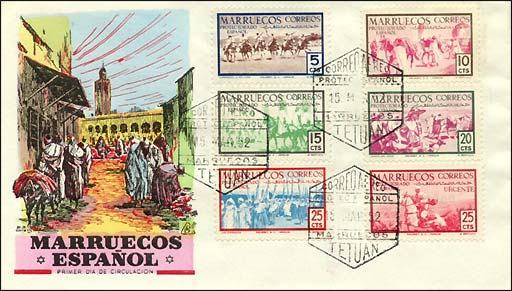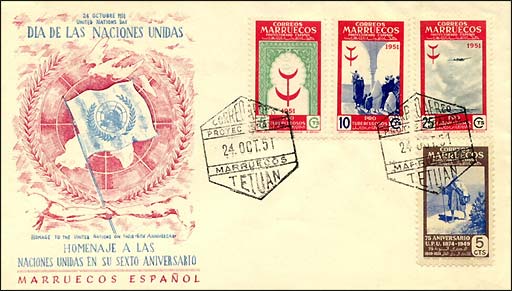During the Second World War Morocco supported the Vichy government
which ruled France after its capitulation to the Nazi Germany in 1940. By
1942, American troops had landed and occupied Morocco, which was used as a
supply base for the Allies during the remainder of the war. Heads of
government from the Allies used Casablanca as an important meeting-place.

In 1950, the sultan of Morocco requested self-government. This was
rejected by France and in 1953 the sultan was deposed, but allowed to
resume the throne two years later. Moroccan independence was not
recognized by the French until 1956 and Sultan Mohammed V became king in
1957. At around the same time the Spain relinquished most of their
interests in Morocco, retaining only a small number of cities and
territories.
Mohammed's son, Hassan II, succeeded his father in 1961 and drew up a
royal charter, which proposed the establishment of a constitutional
monarchy, subject to approval by referendum. In 1963 the first Moroccan
general elections were held, but parliamentary democracy proved unworkable
and collapsed in November 1963. King Hassan suspended Parliament and ruled
without it for seven years, serving for two of those years as his own
prime minister. (after http://www.arab.net/morocco/history/mo_selfgovern.html)

The first FDC on this page (Mar. 15, 1952) displays stamps issued in
1952 (set Scott 304-316). The stamps with the overprint Capo Jubo were
issued by Spanish Morocco in 1944. Capo Jubo was then part of Spanish
Sahara. The second FDC (Oct. 25, 1951) commemorates the 6th anniversary of
the United Nations. The anti-tuberculosis stamps were issued by Morocco
between 1951 and 1952.